The Logrea Dance Academy (LDA) is offering 4 weeks of dance, fun and learning – beginning July 13th.
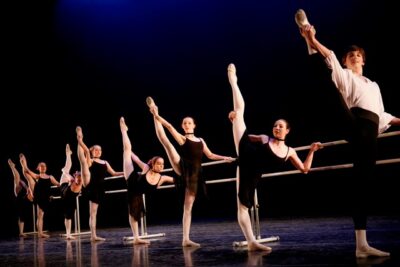 Dance Camp at Logrea will take place three times a week, on Tuesdays, Wednesdays and Thursdays, with different sessions for different age groups.
Dance Camp at Logrea will take place three times a week, on Tuesdays, Wednesdays and Thursdays, with different sessions for different age groups.
For ages 7 to 9, camp will take place from 9:30 a.m, to 12:30 p.m. For ages 10 to 12, 1 p.m. to 4 p.m. These summer camp classes include training in ballet, jazz, creative movement, theater dance, dance history, conditioning, arts and crafts–and more!
And for your peace of mind, and the safety of students and staff, Logrea’s class sizes are limited for safe distancing–and all are required to wear face masks. Plus, all classes take place in their air quality-controlled studio.
LDA is also offering summer intensive classes to their LDA students to improve their individual technique, strength and flexibility, running from July 12th through August 6th. These classes are for LDA levels IV through C (Intermediate through Advanced.) They can be taken live or virtually, whichever you prefer. To see the summer intensive schedule, go to www.LogreaDance.com.
About LDA: Logrea Dance Academy has been providing dance education to the children of Westchester for 35 years. The school offers classes in ballet, jazz, tap, modern and theatre dance for students from ages 3 to adult.
The school is led by directors Beth Fritz-Logrea and Jean Logrea, and associate director Nick Logrea. Beth Fritz-Logrea, joined the Metropolitan Opera at age 16, and subsequently became a soloist with the St. Gallen Stadt Theater and Graz Opera House in Austria. Jean Logrea began his formal training at Scoala de Coregrafie in Cluj Napoca and thereafter became a soloist with Opera Romana Ballet Company and the Graz Opera House in Austria. Nick Logrea is not only a classically trained dancer, but is also a Zumba Education Specialist, travelling the US and internationally teaching Master Classes – and appearing in fitness concerts in London, Australia and Prague, among others.
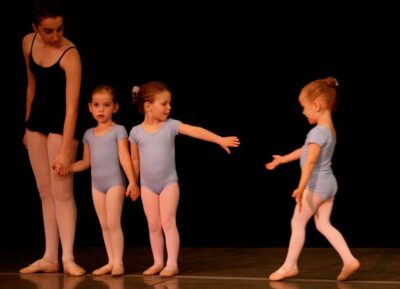 Additionally, LDA’s large faculty are professionals who have worked in the business – some from Broadway, others from prestigious dance companies, and many travel from NYC to teach LDA students.
Additionally, LDA’s large faculty are professionals who have worked in the business – some from Broadway, others from prestigious dance companies, and many travel from NYC to teach LDA students.
The school is also the official school of the Westchester Ballet Company, where Beth Fritz-Logrea and Jean Logrea serve as Artistic Directors.
Why expose children to the arts? Research shows it expands them in so many different ways – helping them acquire skills that can greatly impact their academic school success – and make them into more well-rounded adults. Students at LDA learn life lessons like discipline, poise, confidence, respect, teamwork, and perseverance. Many of LDA students have moved on to prestigious dance companies and Ivy League colleges. Some have taken their dance training and moved on to careers in musical theatre. But whether a student wants a career in dance, or just wants to dance for the joy of it, he or she will learn skills at Logrea that will last a lifetime.
LDA is located at 2 Dale Avenue, Ossining, NY. For more information on Summer Dance Camp or Logrea Dance Academy, go to www.LogreaDance.com – or call us at 914-941-2939.



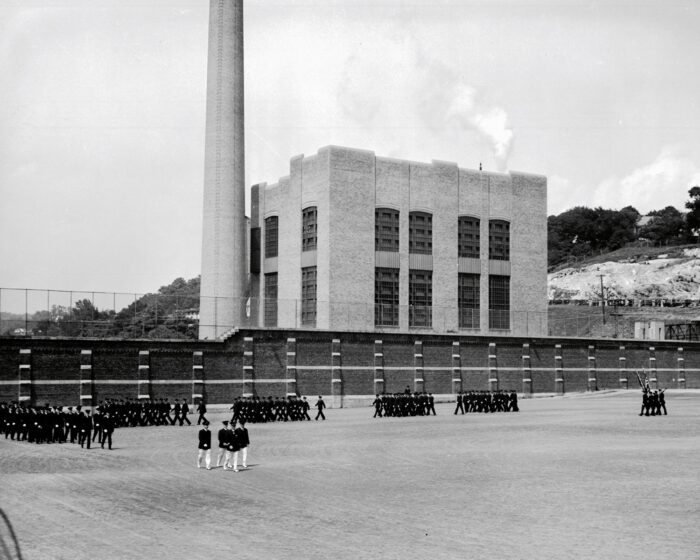
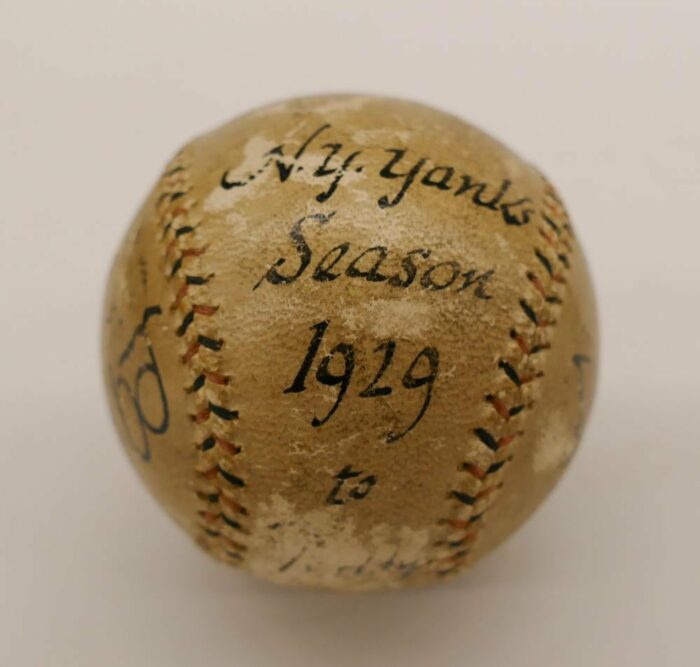
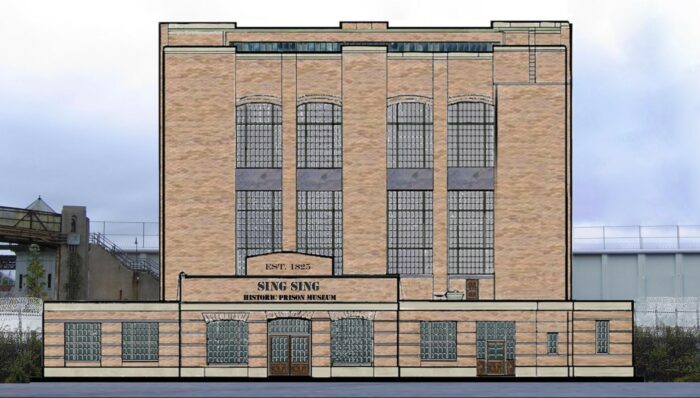

 In 1813 Ossining became the first incorporated village in Westchester to be state chartered. Originally named Sing Sing, the village changed its name to Ossining in 1901 for obvious reasons. Recent transplants to the area, the Stoever/Pfaff family has only lived there for six months but has already found plenty things to love about it. Alissa Stoever, Assistant Principal at Chappaqua’s Westorchard Elementary School, Nick Pfaff co-owner of Pro-Activity (a NJ-based Health and Wellness company) and Blair Pfaff, age 6 enjoy their new neighborhood.
In 1813 Ossining became the first incorporated village in Westchester to be state chartered. Originally named Sing Sing, the village changed its name to Ossining in 1901 for obvious reasons. Recent transplants to the area, the Stoever/Pfaff family has only lived there for six months but has already found plenty things to love about it. Alissa Stoever, Assistant Principal at Chappaqua’s Westorchard Elementary School, Nick Pfaff co-owner of Pro-Activity (a NJ-based Health and Wellness company) and Blair Pfaff, age 6 enjoy their new neighborhood.